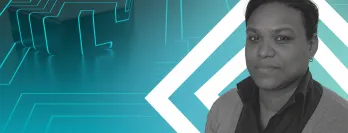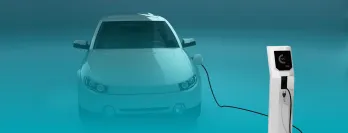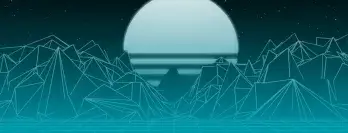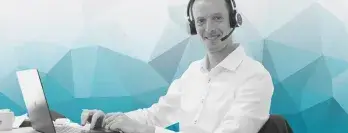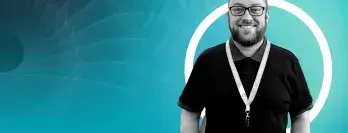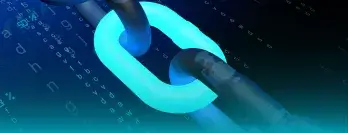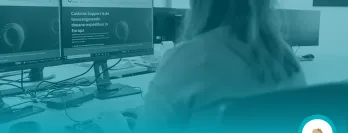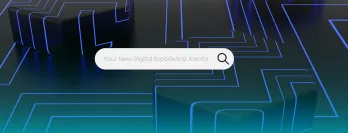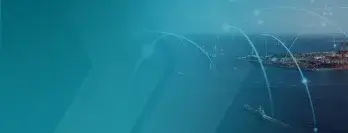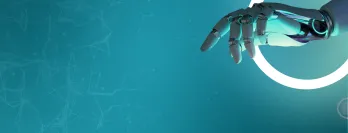
Theme: Digital
Article
28/3/2023
Improve the Efficiency of your Customs Operation
When you trade internationally and deal with Customs Authorities worldwide, you must make sure that all your systems, procedures and processes related to customs activities are compliant. Customs rules and regulations constantly change. The market in which you continuously operate changes, and your operation constantly evolves. With so many changing factors, there is always a risk that your customs processes are no longer on par with the latest situation.
